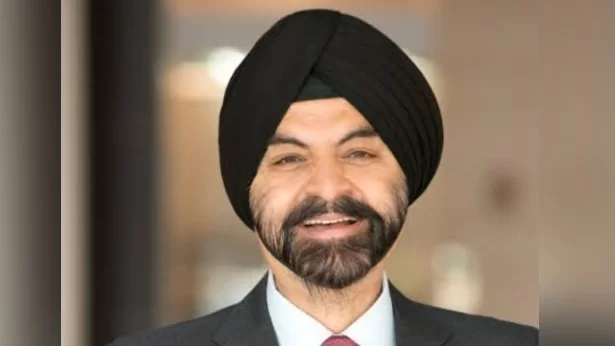Darlin Elvir Gonzalez, a resident of Comayagua, Honduras, expressed her satisfaction with the inclusive features of the newly reconstructed Marcelino Pineda Elementary School, where her son attends. She stated, "I am pleased that the newly reconstructed Marcelino Pineda Elementary School, which my son attends, has included accessible features, such as ramps."
According to a World Bank Disability Inclusion report on Latin America and the Caribbean, the situation for persons with disabilities in Honduras is challenging, with almost seven in ten households with disabilities vulnerable to poverty. The report also highlights that school-age children with disabilities are significantly represented in the out-of-school population, accounting for one in five children. Additionally, the report reveals that illiteracy rates are significantly higher among persons with disabilities compared to the general population.
Inaccessible environments pose a significant barrier for students and parents, exacerbating the exclusion and marginalization of persons with disabilities in Honduras. This vulnerability is particularly pronounced during disasters, where lack of preparation and inaccessible facilities lead to the disproportionate exclusion of this group.
Addressing the need for inclusive and resilient infrastructure in Honduras, the Honduran Government, in collaboration with the World Bank, initiated a project focused on rebuilding critical infrastructure, including schools, with a strong emphasis on enhancing disaster and climate resilience and providing universal access. The project aims to ensure student safety by conducting assessments for disaster risks and implementing structural interventions to mitigate these risks.
Incorporating universal design principles in the reconstruction process, the schools integrate features such as ramps, railings, and accessible toilets to create safer and more inclusive educational settings. These efforts not only benefit students but also the broader community, as schools often serve as shelters during disasters, ensuring a safe haven for all citizens.
The success of promoting inclusivity and risk-informed design in the project can be attributed to a participatory and consultative process that involves local communities, parents, teachers, and civil society organizations. Technical advice from the World Bank and the Global Facility for Disaster Reduction and Recovery has guided the incorporation of resilient infrastructure and universal design concepts in the project.
While inclusive and accessible approaches may require more resources upfront, the long-term benefits outweigh the costs. Investments in accessible facilities contribute to more inclusive societies and benefit a diverse range of people, including those with temporary disabilities, the elderly, pregnant women, children, and persons with obesity.

